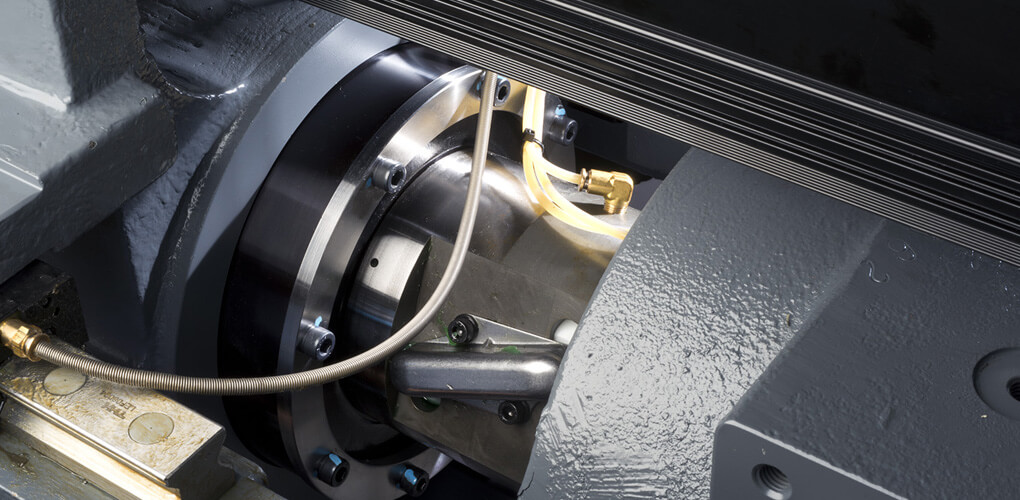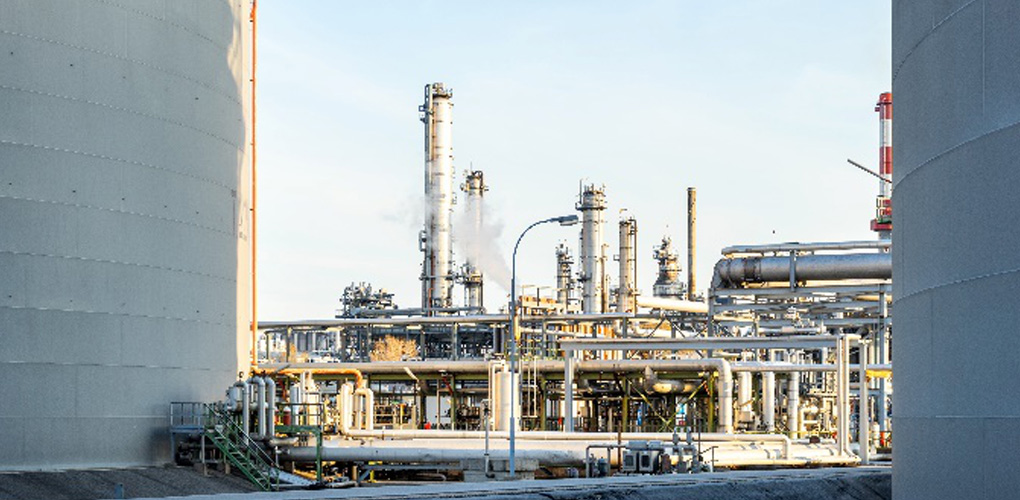Detailed classification of pressure sensors
Due to the wide variety of measured parameters, and their different working principles and conditions of use, the types and specifications of sensors are very complicated, and there are many classification methods. The commonly used classification methods are summarized as follows:
1. According to the input quantity, the different points of the measurement object:
If the inputs are temperature, pressure, displacement, speed, humidity, light, gas and other non-electricity, the corresponding sensors are called temperature sensors, pressure sensors, load cells, etc.
This classification method clearly explains the purpose of the sensor, provides convenience to the user, and is easy to select the required sensor according to the measurement object. The disadvantage is that this classification method classifies sensors with different principles into one category. It is difficult to find out what are the commonalities and differences in the conversion mechanism of each sensor. Therefore, it is unfavorable to master some basic principles and analysis methods of sensors. Because the same type of sensor, such as a piezoelectric sensor, can be used to measure acceleration, speed, and amplitude in mechanical vibration, as well as impact and force, but its working principle is the same.
This classification method divides the most diverse physical quantities into two categories: basic quantities and derived quantities. For example, force can be regarded as a basic physical quantity, from which pressure, weight, stress, moment and other physical quantities can be derived. When we need to measure the above-mentioned physical quantities, just use a force sensor. Therefore, understanding the relationship between basic physical quantities and derived physical quantities is very helpful for which sensors are used in the system.
2, according to work (detection) principle classification
The detection principle refers to the physical, chemical and biological effects based on the sensor's working mechanism. There are resistive, capacitive, inductive, piezoelectric, electromagnetic, magnetoresistive, photoelectric, piezoresistive, pyroelectric, nuclear radiation, semiconductor sensors, etc.
According to the principle of variable resistance, the corresponding sensors include potentiometer, strain gauge, and piezoresistive sensors; according to the principle of electromagnetic induction, the corresponding sensors include inductive, differential pressure transmitter, eddy current, electromagnetic, and magnetoresistive sensors. According to the related semiconductor theory, there are corresponding solid-state sensors such as semiconductor force-sensitive, thermal-sensitive, photosensitive, gas-sensitive, and magnetic-sensitive.
The advantage of this classification method is that it is convenient for sensor professionals to conduct inductive analysis and research on the principle and design, and avoid too many sensor names, so it is most often used. The disadvantage is that users will feel inconvenient when choosing sensors.
Sometimes it is often named by combining the use and principle, such as inductive displacement sensor, piezoelectric force sensor, etc., to avoid too many sensor names.
3. According to whether the structural parameters of the sensor change during the signal conversion process, it can be divided into:
A. Physical property sensor: In the process of realizing signal transformation, the structural parameters are basically unchanged, but the change of physical or chemical properties of certain materials (sensing elements) is used to realize signal transformation.
This kind of sensor generally has no movable structural parts and is easy to be miniaturized, so it is also called a solid-state sensor. It is a solid-state device with semiconductors, dielectrics, ferroelectrics, etc. as sensitive materials. Such as: thermocouple, piezoelectric quartz crystal, thermal resistance and various semiconductor sensors such as force sensitive, thermal sensitive, humidity sensitive, gas sensitive, photosensitive element, etc.
b. Structural sensors: relying on changes in the geometrical shape or size of the sensor’s mechanical structure (ie, structural parameters), the external measured parameters are converted into corresponding changes in physical quantities such as resistance, inductance, and capacitance to achieve signal conversion, thereby detecting the Test signal.
Such as: capacitive, inductive, strain gauge, potentiometer, etc.












